Apocalyptic Warning for Civilization: 14,300-year-old tree Reveals Largest Ever Recorded Solar Storm
In the French Alps, researchers discovered evidence of a powerful solar storm within the rings of a 14,300-year-old tree. This evidence suggests that this solar storm was much stronger than the Carrington Event of 1859, which had significant impacts on the telegraph systems of its time.
This finding sheds light on the potential dangers that such powerful solar storms could pose to our modern, technologically advanced society.
The Solar Storm's Magnitude
The study, published in the journal Philosophical Transactions of the Royal Society A Mathematical Physical and Engineering Sciences, indicates that this solar storm was at least ten times more powerful than the Carrington Event.
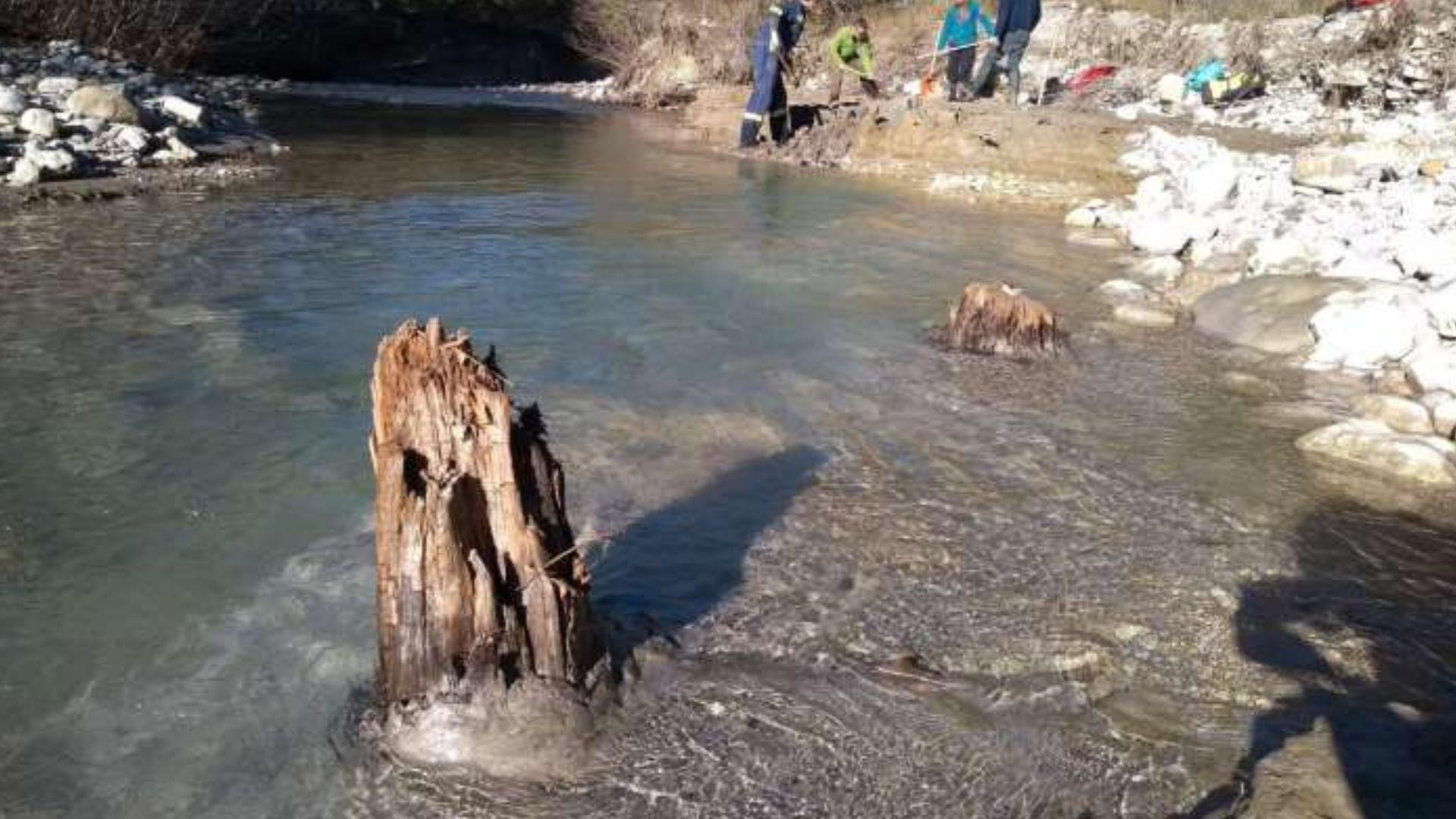
Source: Cécile Miramont
The evidence was derived from a radiocarbon spike found within the ancient tree rings. This spike offers an insight into the sun’s historical activity and its potential implications for today.
Radiocarbon Significance
According to Professor Tim Heaton from the University of Leeds, radiocarbon is constantly produced in the upper atmosphere due to cosmic rays.

Source: Manish Upadhyay/Unsplash
Typically, the sun, in conjunction with Earth’s magnetic field, protects us from these rays, meaning fewer radiocarbons are produced when the sun is more active. However, the spike found in the tree rings suggests an anomaly caused by a significant solar storm.
The Miyake Events
A similar radiocarbon spike was previously identified in a Japanese tree from 774 AD, a phenomenon referred to as a Miyake event. Initially believed to be caused by a supernova, further study indicated that it was due to a massive solar storm.
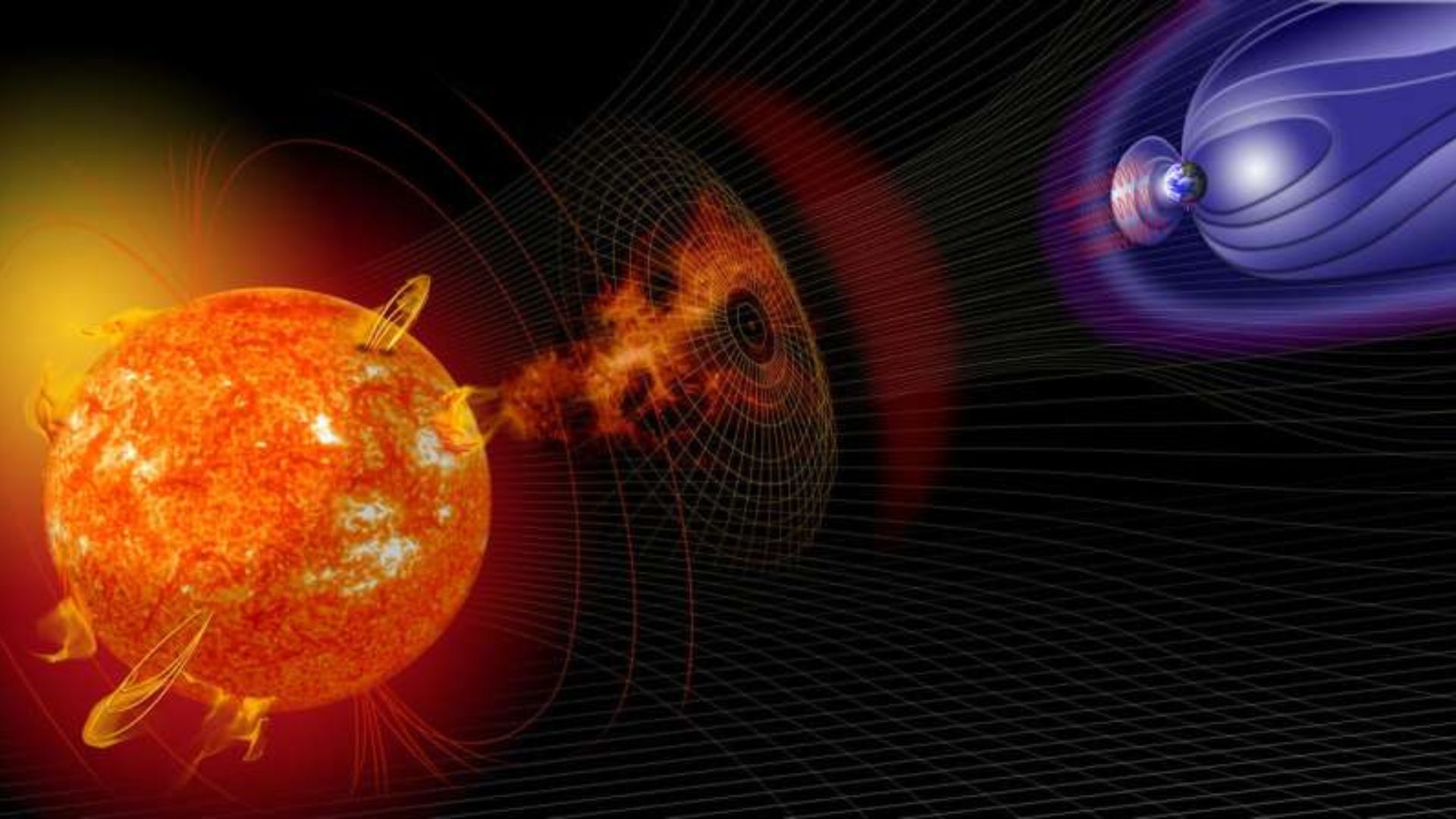
Source: NASA
The storm discovered from the 14,300-year-old tree represents another Miyake event, but it’s significantly larger than any previously identified.
Corroborating Evidence
In order to validate their findings, the researchers compared the radiocarbon spike in the tree rings to beryllium-10 levels in Greenland ice cores. Both radiocarbon and beryllium-10 are produced similarly in the upper atmosphere.
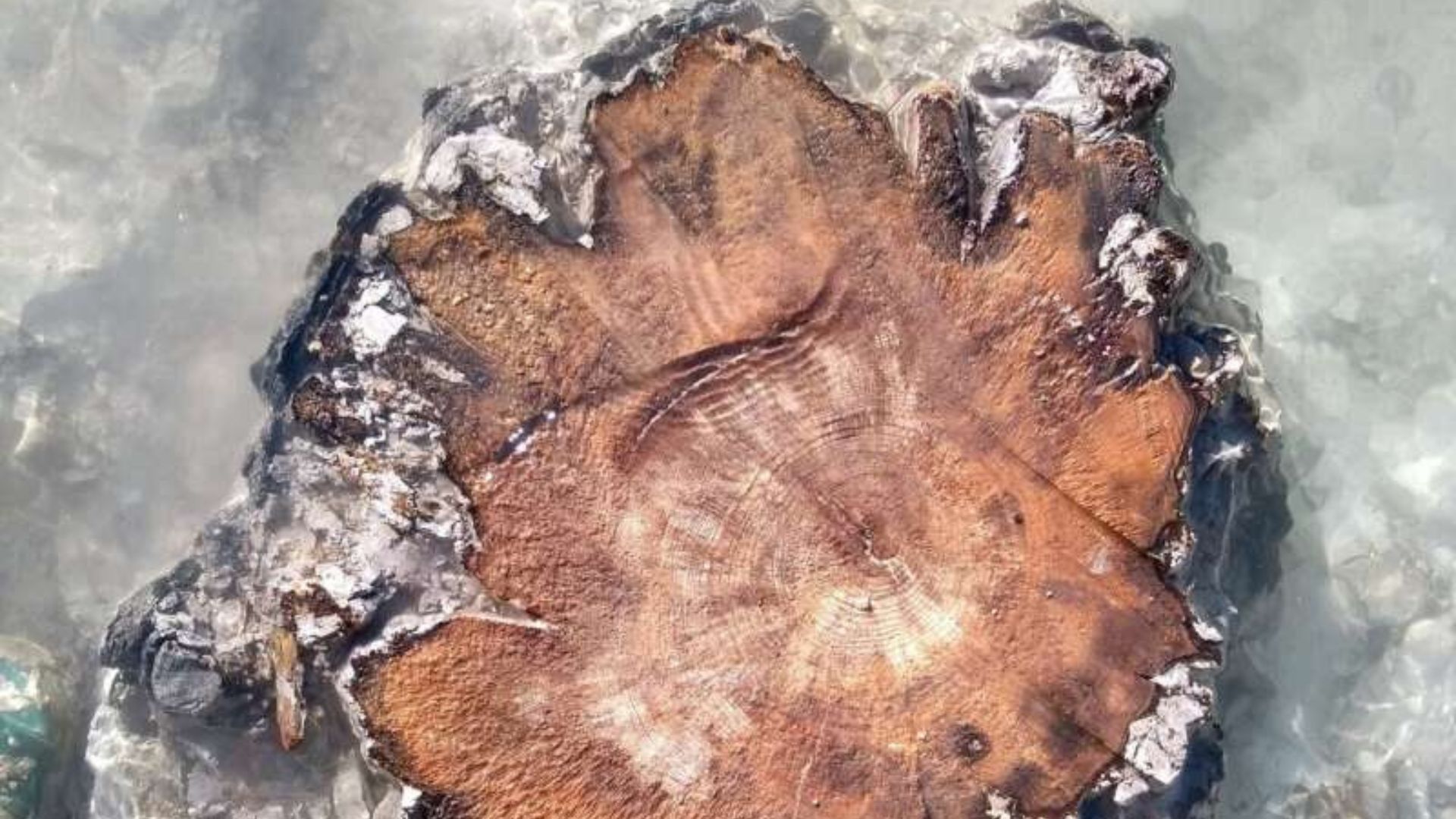
Source: Cécile Miramont
Their alignment, as found in separate natural archives, confirms the event’s solar origin, suggesting a solar storm much larger than any known before.
Understanding Solar Flares
Solar flares, responsible for phenomena like the Carrington Event, are massive releases of energy from the sun originating from active regions or sunspots.
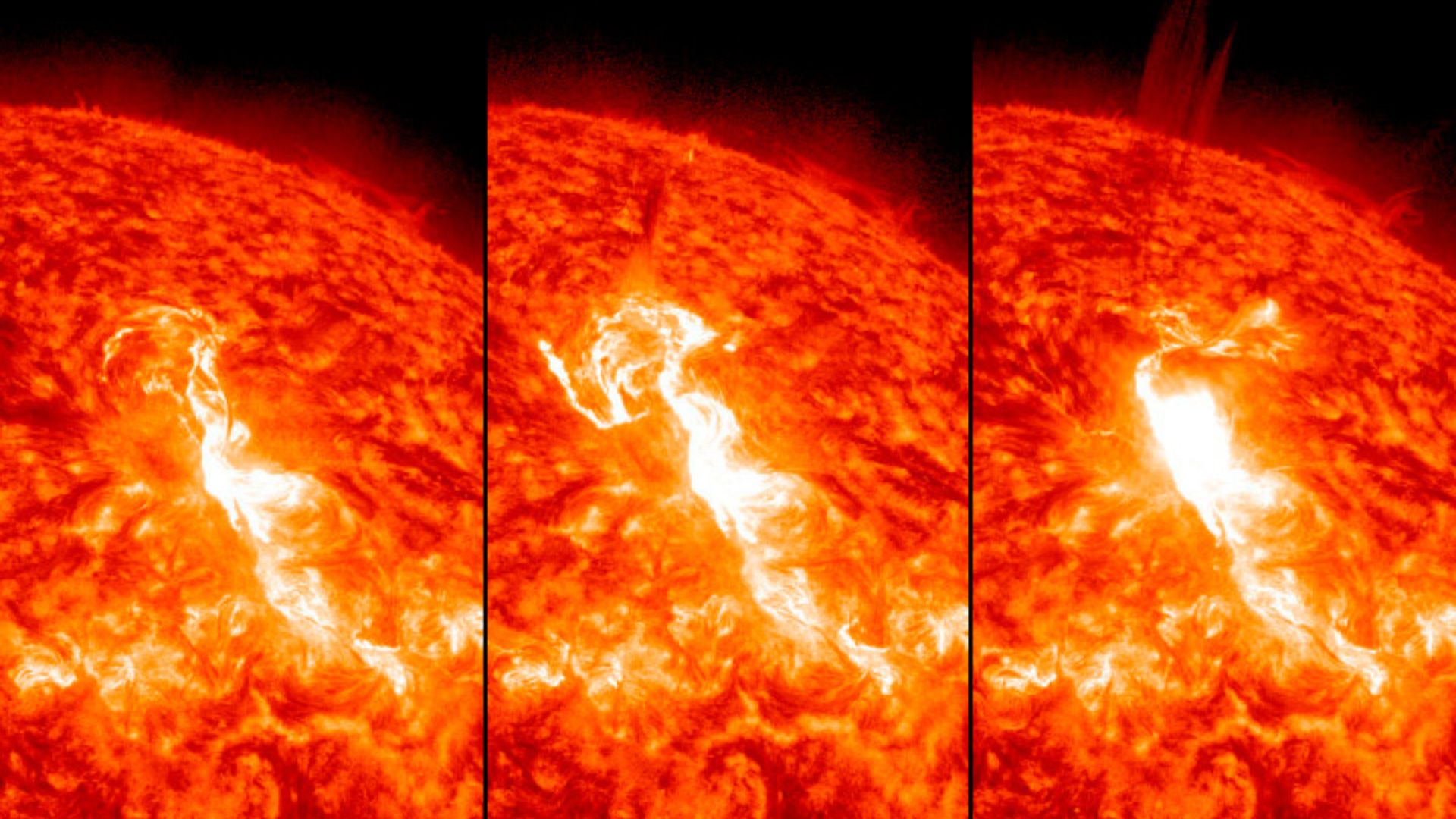
Source: Wikimedia Commons
Daniel Brown, an expert in astronomy, explains that these flares are caused by magnetic field lines becoming twisted. When they snap and rearrange, a significant release of electromagnetic radiation occurs, manifesting as solar storms.
The Carrington Event's Impact
The Carrington Event of 1859, considered the most powerful solar storm in recorded history, resulted in significant disturbances to telecommunication infrastructure. Its impacts included telegraph lines producing sparks due to the high voltages induced by the storm.
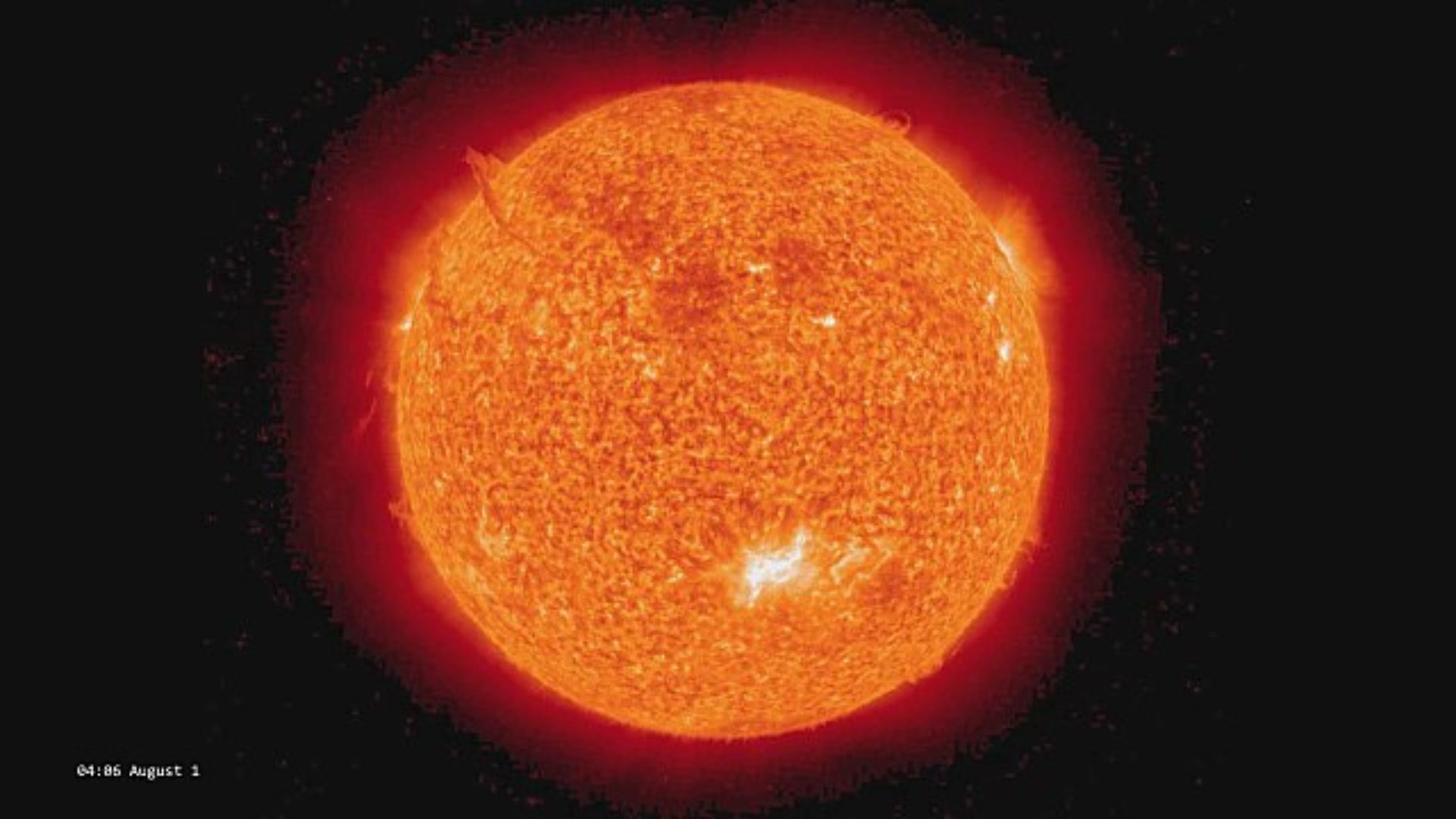
Source: Wikimedia Commons
Given its effects on the rudimentary technology of the time, a solar storm of greater magnitude poses serious concerns for today’s advanced technological systems.
Potential Consequences
A solar storm with the strength of the one detected from the ancient tree rings, being much stronger than the Carrington Event, could have profound impacts on modern society.

Source: Wikimedia Commons
Damage to infrastructure could be extensive, leading to massive financial losses. Given our reliance on technology, the fallout from such an event could be unprecedented.
The Resilience of Modern Technology
The critical question remains: how well can our modern technology withstand a massive solar storm? While it’s clear that such a storm would affect our electricity grids, satellites, and other technologies, the extent of this impact remains uncertain.
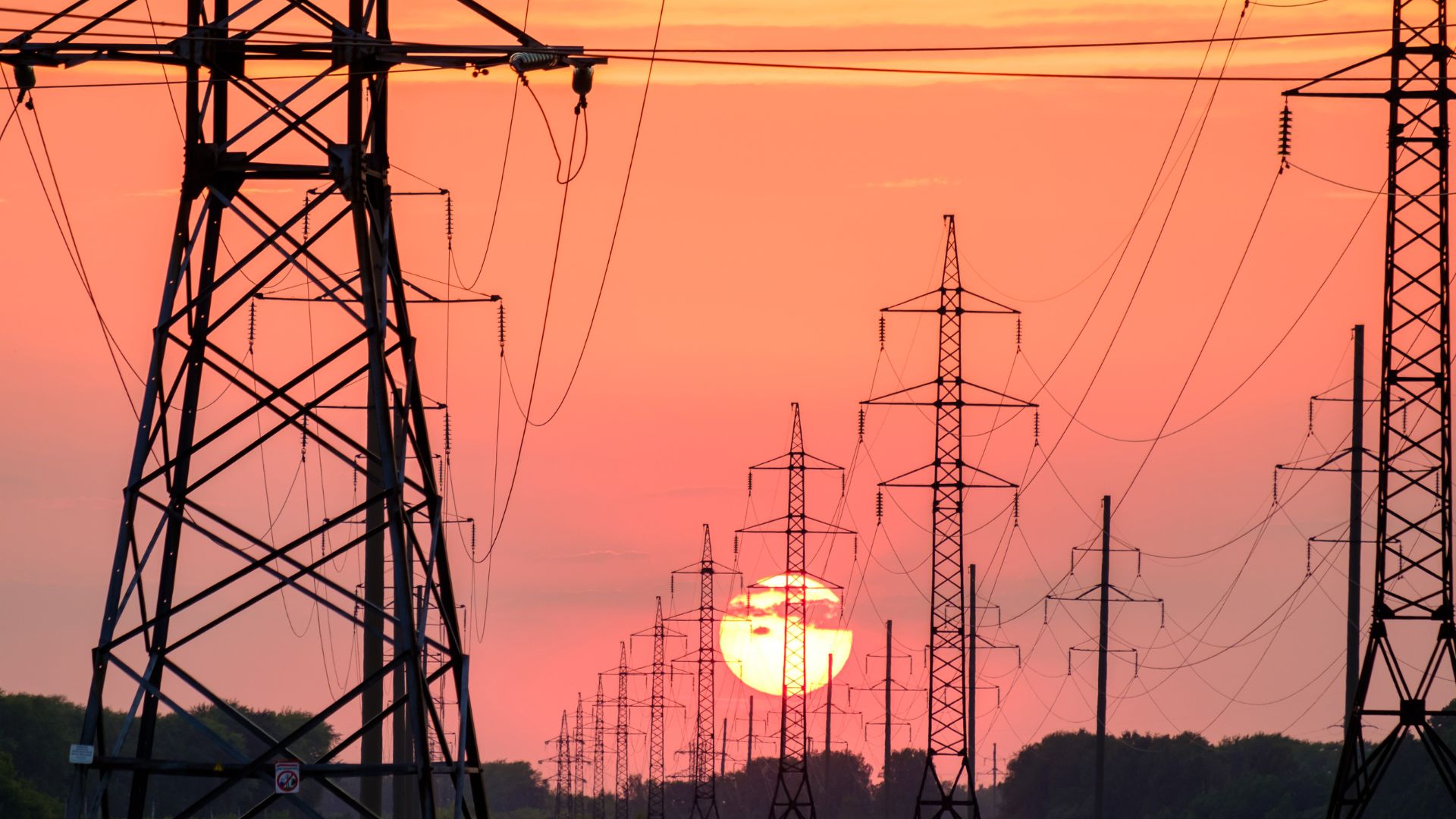
Source: Andrey Metelev/Unsplash
Understanding our technology’s resilience to these significant solar events is essential for future preparedness.
The Need for Further Study
Professor Heaton emphasizes the importance of continued research in this domain. With modern society having never directly experienced a solar storm of such magnitude, understanding the potential risks and the sun’s behavior becomes crucial.
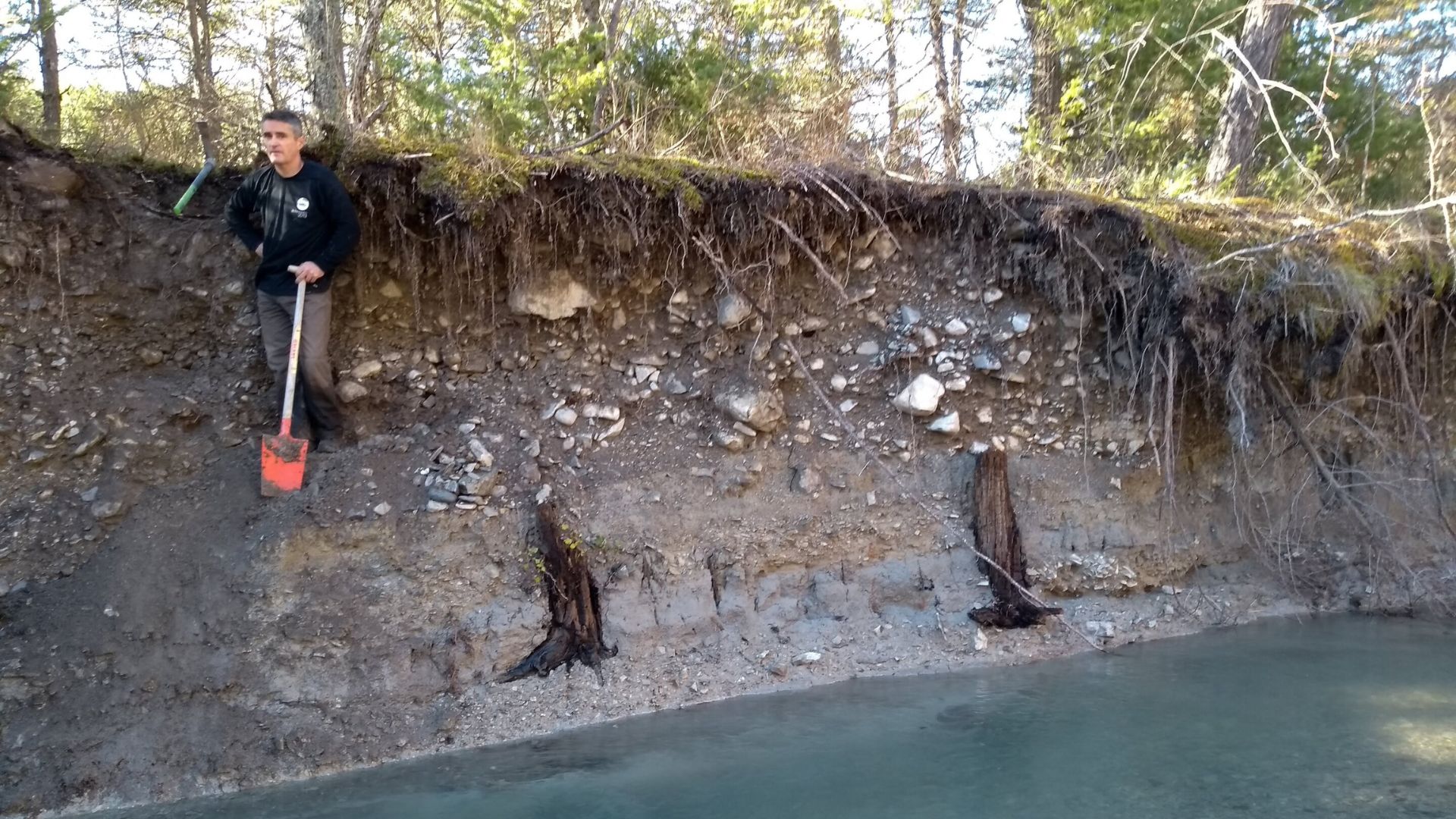
Source: Cécile Miramont
Such research will help us better gauge the resilience of our current technologies and devise strategies to mitigate potential damages.
Occurrence of Miyake Events
So far, nine Miyake Events have been detected over the last 15,000 years. These events, though rare, are powerful and serve as important markers for understanding the sun’s behavior over millennia.
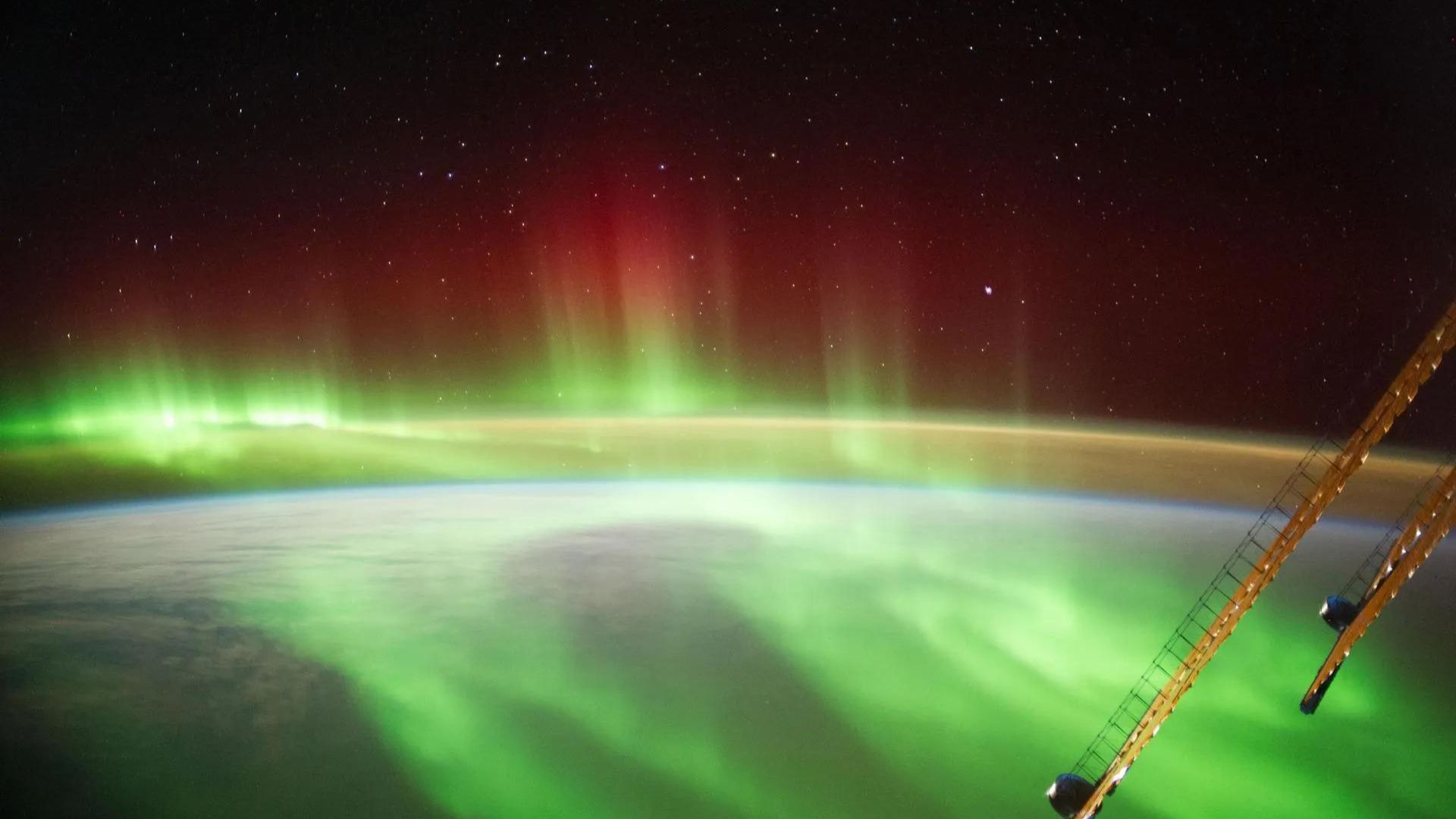
Source: NASA/JSC
The 14,300-year-old tree’s record stands out due to its magnitude, emphasizing the need to understand these events and the potential risks they pose.
A Journey of Discovery
The findings from the 14,300-year-old tree offer significant insights into the sun’s historical activity and the potential threats posed by powerful solar storms.

Source: Ankita M/Unsplash
Understanding the frequency, causes, and impacts of such events is essential for ensuring the safety and continuity of our technologically dependent society in the face of these natural phenomena.
